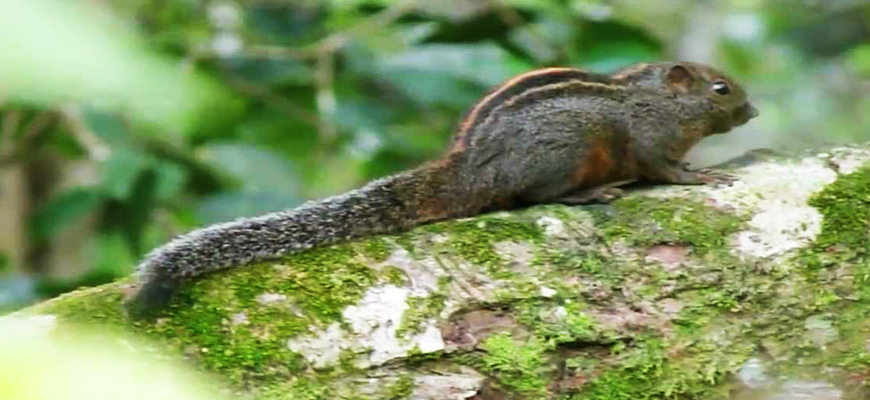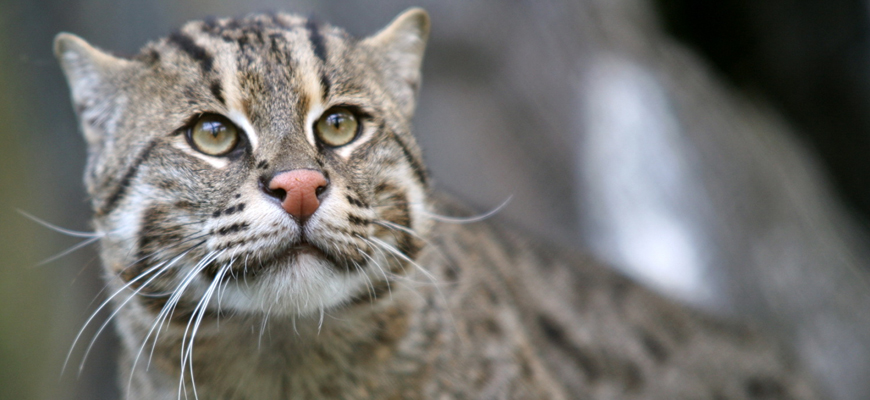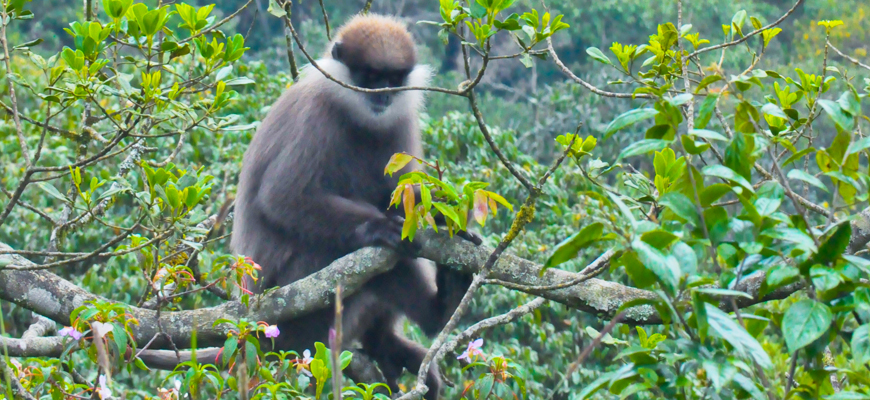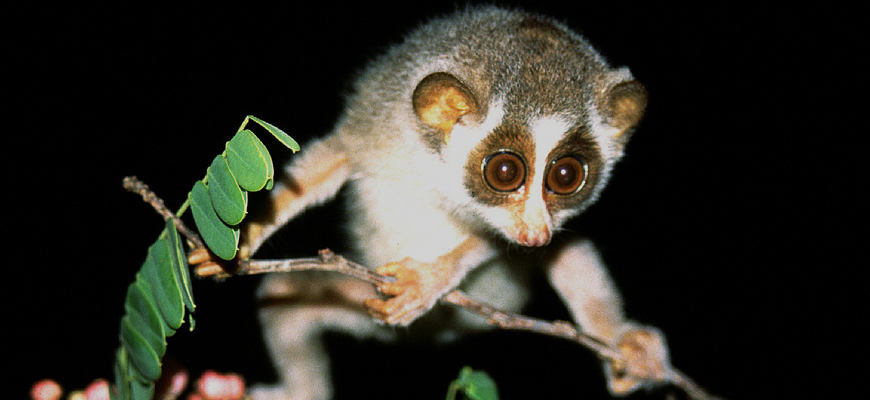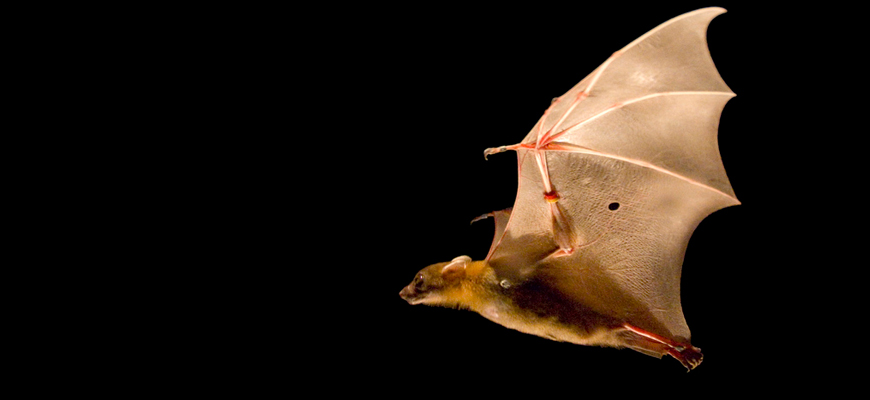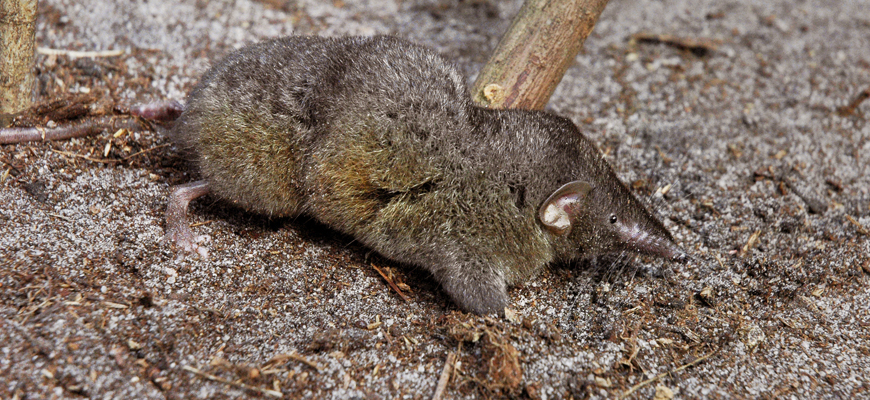Black-naped or Indian Hare Lepus nigricollis
Black-naped Hare’s are the only species of wild hare or rabbit in Sri Lanka. It’s highly nocturnal and is found in forested areas mixing with glades of grasslands in the outskirts of Colombo. Its herbivorous and eats grasses, shoots and young leaves.
Crested Porcupine Hystrix indica
The Crested Porcupine is blackish brown and white with a cloak of pointed quills. Many predators are seen with these quills in their flesh for long times after a failed attack on the Porcupine. They are very commonly sighted in the late nights in urban streets in escape from domestic dogs. They are known to…
Grizzled Indian or Giant Squirrel Ratufa macroura
This is the largest of the four species of squirrels in Sri Lanka. It is very accustomed to people and will approach them openly for a quick fruit snack. Usually seen in pairs and requires tall forests to reside in. There are three subspecies one of the highlands which is black and yellow with a…
Giant Flying Squirrel Petaurista philippensis
The Giant Flying Squirrel is a spectacular sight when it’s gliding from place to place. This species is highly nocturnal and very hard to spot. It has very similar markings on the upper part of its body like the black and yellow Giant Squirrel but has pale under parts. Very little is known of their…
Dusky Striped Squirrel Funambulus sublineatus
This small dark squirrel can look even darker in the dimness of a rainforest. There are three faint stripes on its chocolate brown coat. The tail is relatively smaller than other squirrel species. Frequents forest patches in the wet zone and hardly seen in urban habitat. Unlike other squirrels it doesn’t feed on the ground…
Palm Squirrel Funambulus palmarum
This is the most common Squirrel in Sri Lanka and occurs throughout the island. They require tall trees for roosting and shelter during the hot day. Often seen with Yellow-billed Babblers in a symbiotic relationship. They are known to be the most vocal mammal in Sri Lanka. Feeds on plant matter, leaves, seeds and fruits…
Layard’s Striped Squirrel Funambulus layardi
The Layard’s Striped Squirrel is the size of the common Palm Squirrel but is much darker in color with 3 dorsal stripes out which the middle one is the longest and widest. They usually occur in tall forests in the wet zone. Usually are seen in pairs or singly and has a similar behavior of…
Water Buffalo Bubalus Bubalis
The Water Buffalo is the only member of the bovine family occurring in a wild state. Buffalos gather in herds and have a close knit structure. Buffalo’s feed on aquatic plants and grazes on short grasslands. They are widely seen near water holes of the dry zone parks such as Yala, Wasgomuwa and Uda Walawe.
Indian Muntjac or Barking Deer Muntiacus muntjak
This medium sized deer is uniformly brown colored with small antlers mounted on small pedicles. Its preferred habitat is throughout lowlands and highlands where forest cover combines with grasslands. Usually seen singly but may form small groups when no eminent threat of predators are near. Diets on grasses and tender leaves. Wilpattu national park is…
Sambar Cervus unicolor
The Sambar also referred to as ‘Elk’ by 19th century European hunters; although there is no true Elk found in Asia. The Sambar is largest the deer on the island. Its uniformed dark chocolate brown coat and large size easily identifies it. Sambars occupy dense rain-forests to vast open grasslands. Only the male develops antlers…
Spotted Deer Cervus axis
The Spotted Deer is usually seen associating with Hanuman Langurs and is said to share a special bond due to the protection each offers the other. Spotted Deer form herds and a dominant male secures rights to the females in the herd. They are Herbivorous and will occasionally feed on low hanging branches but mostly…
Wild Pig Sus scrofa
Due to hunting these animals is rather shy and tries to keep away from human congregation but in protected areas are seen at ease in groups of about 30. Their habitat is close to forest cover in dry and wet zones and is spread across the island. The males grow formidable tusks that could inflict…
Asian Elephant Elephas maximus
The Asian Elephant is the largest terrestrial animal in Asia but is smaller than the African Elephant. The Asian Elephant is a forest Elephant with smaller ears, concave back and a trunk with one protuberance which distinguishes it from the African Elephant. Most of Sri Lanka’s Elephants now remain in the dry lowlands while a…
Leopard Panthera pardus kotiya
The Leopard is Sri Lanka’s symbol of pride when it comes to a potential destination for wildlife travel. Sri Lanka is considered to be the best place to see the Leopard in the whole of Asia due to the thriving population in the Yala National Park and Wilpattu National Park. The Leopard is the top…
Fishing Cat Prionailurus viverrinus
This rather large cat can grow up to the size of a dog and is known to stand its ground when confronted. Two white stripes on the inner edge of the eyes and the white patches on the cheeks distinguish these cats’ facial features. It has greyish fur with broken longitudinal stripes running through its…
Rusty-spotted Cat Prionailurus rubiginosus
The Rusty-spotted Cat is the smallest wild cat in Sri Lanka and is also considered as a competitor for the smallest wild cat in the world alongside with the Black-footed Cat Felis nigripes and Kodkod Leopardus guigna. They have a slender body and are smaller than the domestic cat. The fur is grizzled brownish grey,…
Jungle Cat Felis chaus
The Jungle Cat has a uniformed sandy brown coat with a greyish tone and pointed years. The blackish tips on the pointed years give them a blackish rim. Their habitat seems to be restricted to the dry lowlands scrub forests. Mostly seen alone; their behavior is not very well known in the wild. Diet consists…
Ruddy Mongoose Herpestes smithii
This is a very common mongoose seen in the lowlands of the southern part of the island. Easily could be confused with the Brown Mongoose but due to its black tipped upward curled tail can be said apart. Often seen in pairs and lives in forested areas. They are carnivorous and scavengers often seen visiting…
Indian Grey Mongoose Herpestes edwardsii
With its uniformed grey grizzled coat of fur and reddish eyes the Indian Grey Mongoose is easily identifiable. This is smallest out of the other Mongoose in Sri Lanka. They are found throughout the island in grasslands and lightly wooded country. Sometimes they are seen in pairs and tend to be shy around humans. It’s…
Small or Ring-tailed Civet Viverricula indica
Its black and white body with a black and white ringed tail is the unmistakable sign of the Ring-tailed Civet. It’s the most carnivorous out of the three palm civet species in Sri Lanka and feeds on small rodents, hares and mouse deer. They mostly are seen single and lives on both roofs and tree…
Golden Palm Civet Paradoxurus zeylonensis
The Golden Palm Civet is slightly smaller than the Palm Civet and gets its name from the reddish golden color fur. Highly nocturnal and is found in tall trees where it lives in pairs and sleeps in tree holes. It feeds on a mix of fruits, berries and small animals such as birds, insects and…
Common Palm Civet or Toddy Cat Paradoxurus hermaphrodites
This nocturnal mammal is very commonly seen around urban areas and also dwells in wooded patches in the wild. Its greyish fur covered body is long and compliments its long tail in a flowing motion. Its diet consists of small insects, rats, mice and also fruits. They mostly live alone but females are accompanied by…
Otter Lutra lutra
This mysterious animal is so elusive that many in Sri Lanka don’t even know that this mammal occurs in the country. Its short feet webbed in adaptation for aquatic hunting makes it a deadly predator in the waters. Known to raid ponds and wipe out fish in home gardens. It takes on a chocolate brown…
Sloth Bear Melursus ursinus
Known to be the most dangerous animal to encounter by villagers who have many stories of bear attacks. This black uneven fur covered bear has some of the longest and powerful claws in the forests that it occurs in. They live through the dry lowlands where termite distribution is far spread as it is one…
Golden or Black-backed Jackal Canis aureus
The Golden Jackal is high level carnivore occurring in lowland jungles, especially in the dry zone. They hunt in open habitat such as grasslands and scrub forest. Golden Jackals hunt in small packs but are quite often seen in pairs. Omnivorous – there diet ranges from lizards, birds and small mammals. They are known to…
Purple-faced Leaf Monkey Trachypithecus vetulus
Rather shy and uneasy around humans. Their natural habitat is tall forests although they are spotted in numbers in urban areas due to their insatiable appetite for Jak Fruits which are common in most home gardens. Except for the northern part of the country they occur in forests with tall trees elsewhere. Largely folivorous but…
Hanuman or Grey Langur Seminopithecus priam
With a graceful dark face and flowing tail the Grey Langur may be mistaken for the Purple-faced Leaf monkey which also has a dark face. They live in groups of about 20 and are found in dry lowlands where they feed on tender leaves and fruits. They intelligently congregate near Spotted Deer for extra senses…
Toque Macaque Macaca sinica
The most commonly seen species around the island roosting in trees near human habitat. There social organization consists of a dominant alpha male amongst many females who form stable matrilines in a group. Toque Macaque’s are omnivorous and feed on a wide range of plants and animal matter. There are three subspecies that occur in…
Gray Slender Loris Loris lydekkerianus
There are two subspecies of the Gray Slender Loris out of which the Northern Slender Loris lives in the dry lowlands. It has a grayish coat and yellow pigmentation on the ears, eyelids and muzzle. Oval dark shapes are seen around the eyes. Very widely seen in Sigiriya and Polonnaruwa with frequent visits to most…
Red Slender Loris Loris tardigradus
In comparison to the Gray Slender Loris the Red Slender Loris is rather small with smaller ears and a longer muzzle. Its reddish color is what defines its name and it has dark reddish circular markings around the eyes. They are confined to forests in the wet zone such as Singharaja and Morapitiya. Their diet…
Common or Indian Flying-fox Pteropus giganteus
The largest bat in Sri Lanka with a wingspan of 1.2 m. Its fur on its dog or fox like face has a yellowish tinge which contrasts with the dark wings. Is seen very close to human habitat roosting on a tall tree or a cluster of tall trees in a colony. Feeds exclusively on…
Short-nosed Fruit Bat Cynopterus sphinx
There are 4 species of fruit bats on the island and the Short-nosed fruit Bat is one of them. Its body length measures up to 10 cm. According to the age and sex the intensity of the reddish tinge on the fur on the back and nape varies. Frequently seen in home gardens mostly in…
House or Common Musk Shrew Suncus murinus
Out of the 10 species of shrew in Sri Lanka this is the most common shrew. Different subspecies take on a color that varies from a bluish –grey to a blackish brown. It’s long pointed mobile snout has number of long hairs that helps it detect prey in the dark and is very sensitive to…







